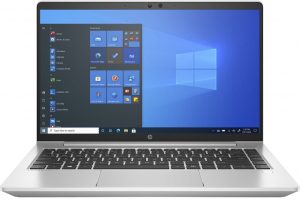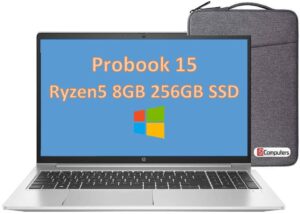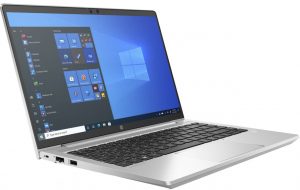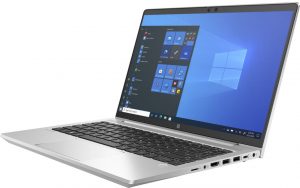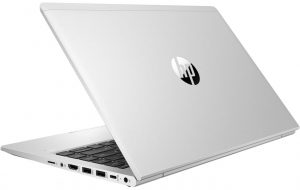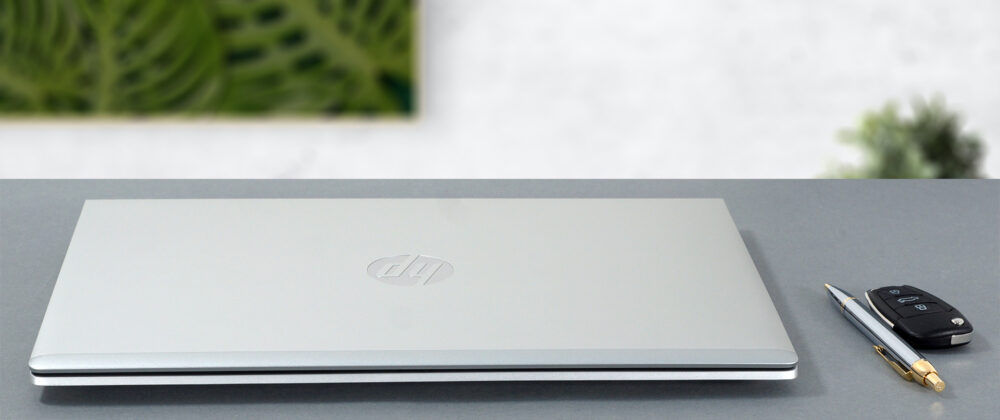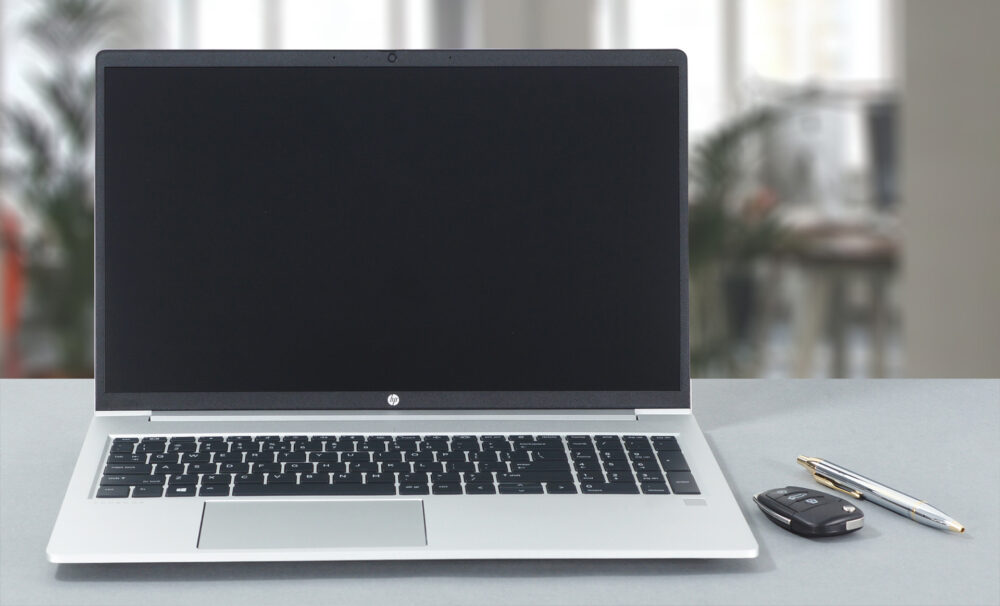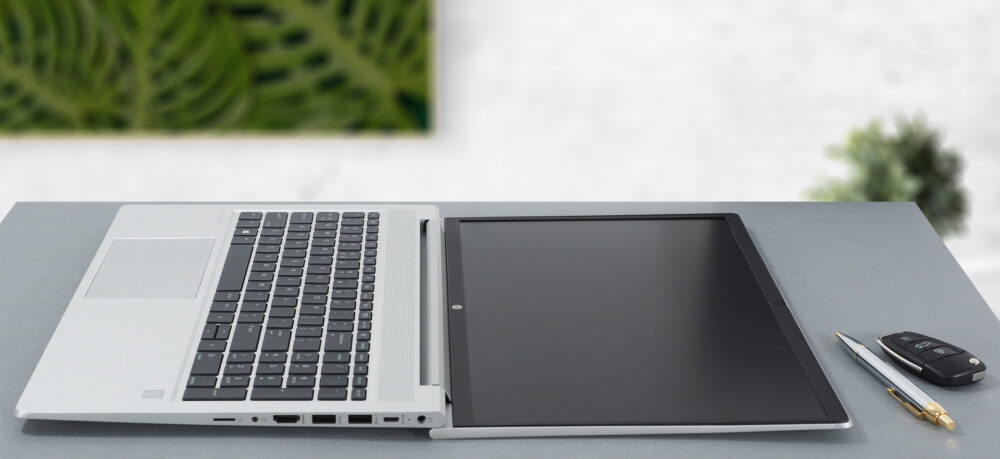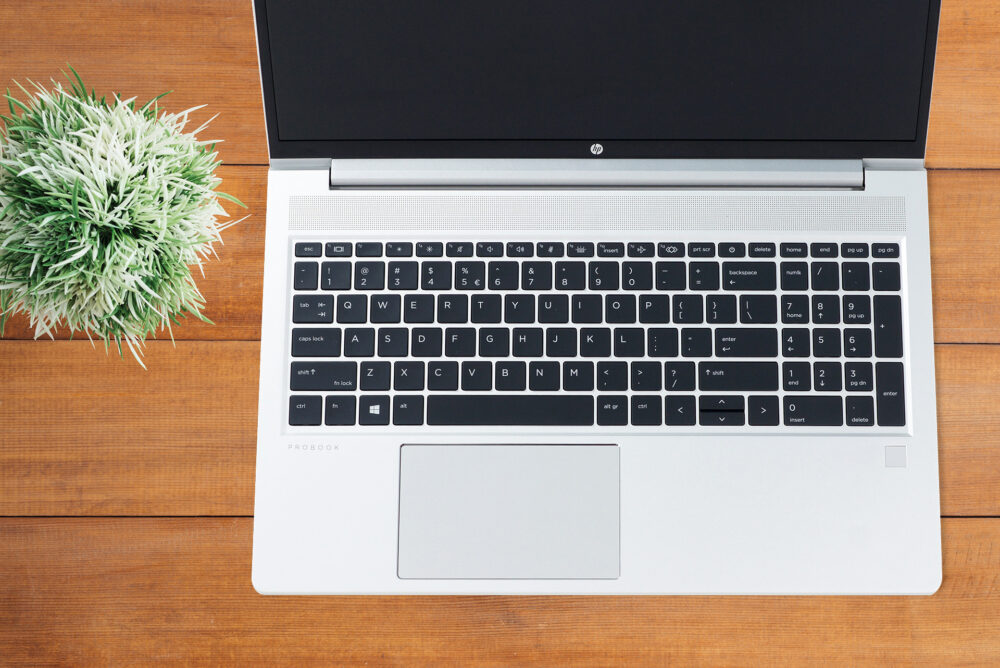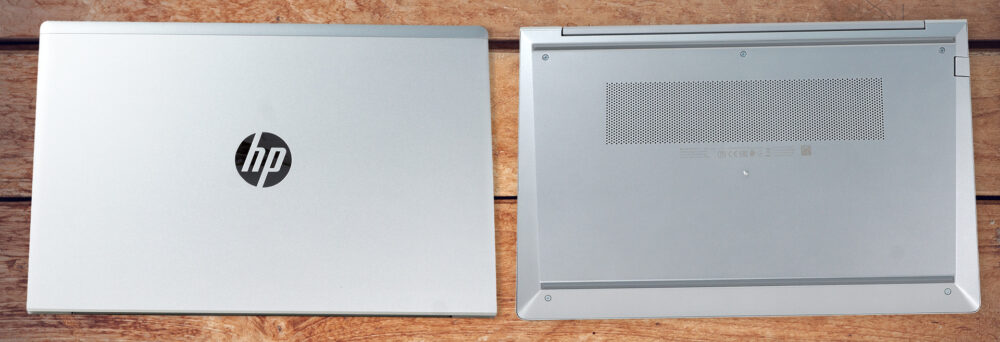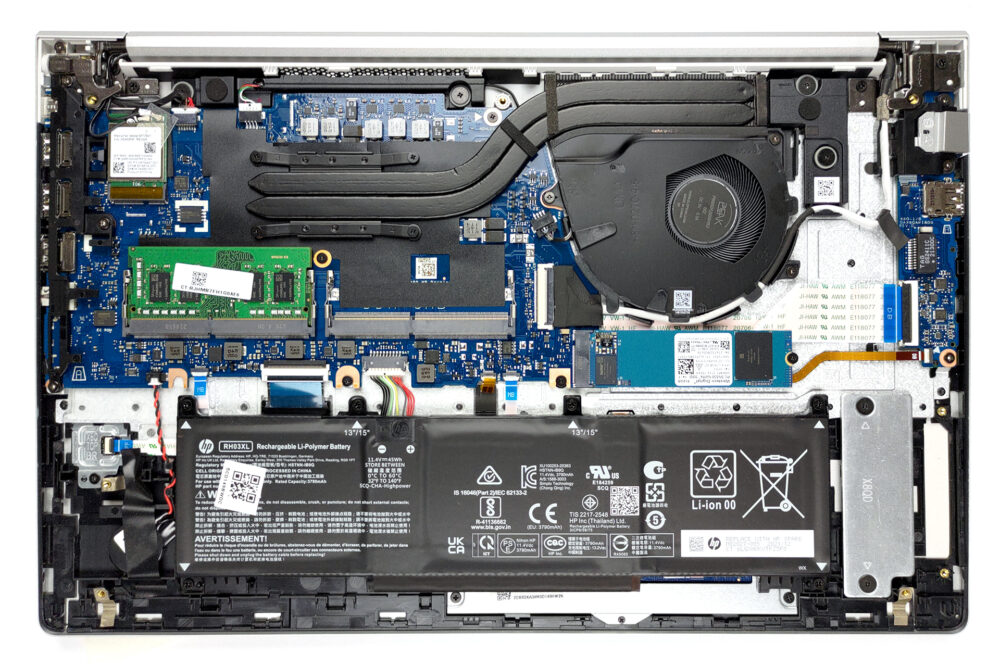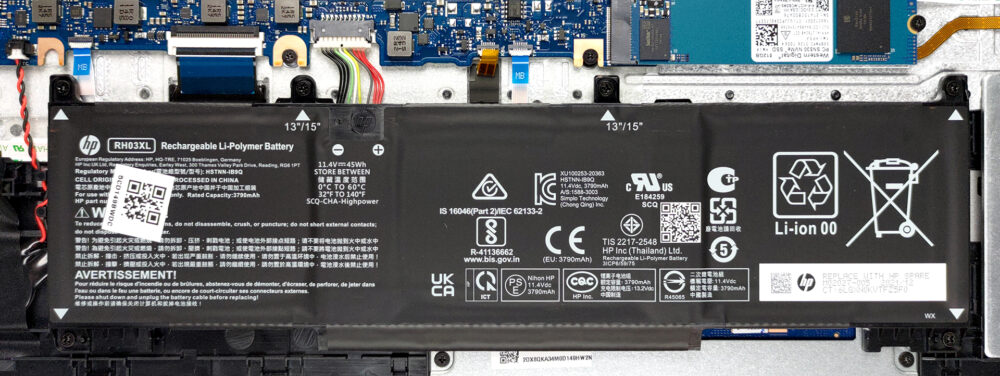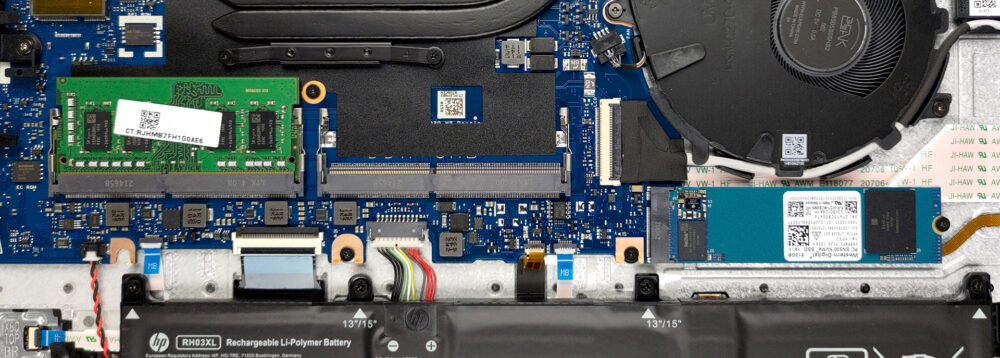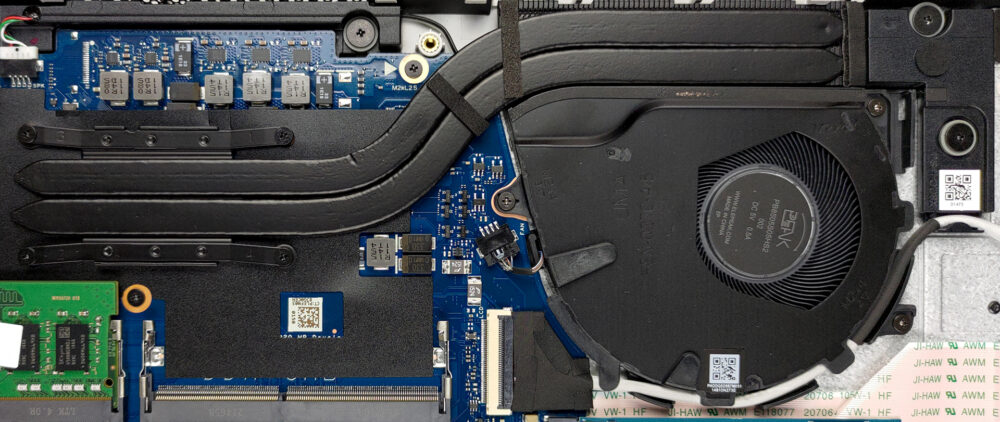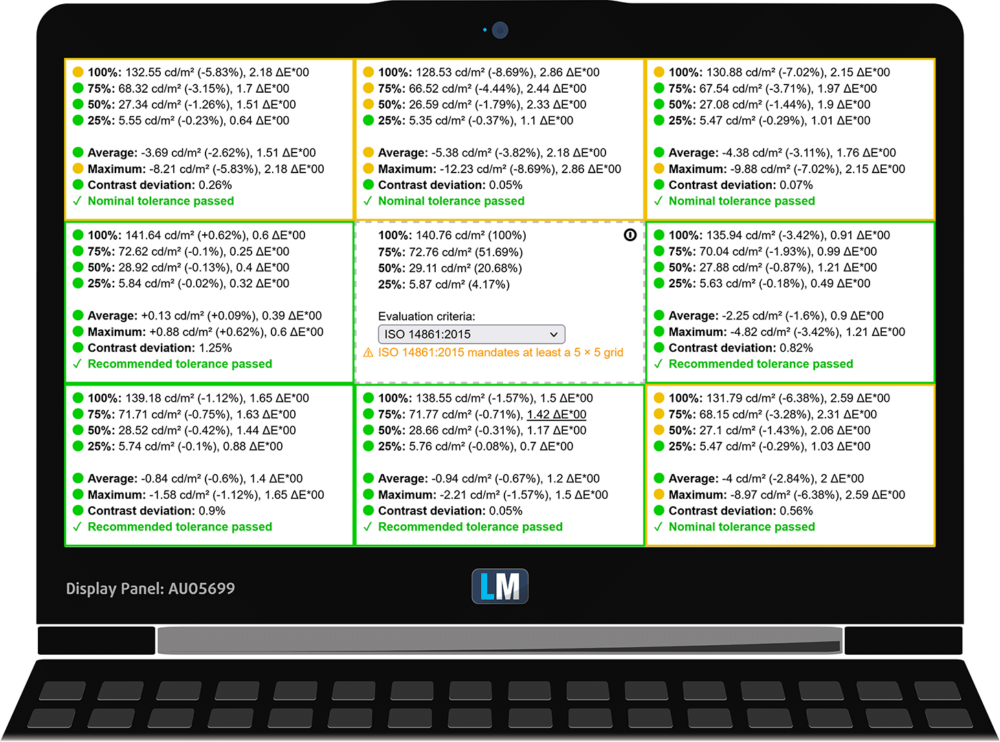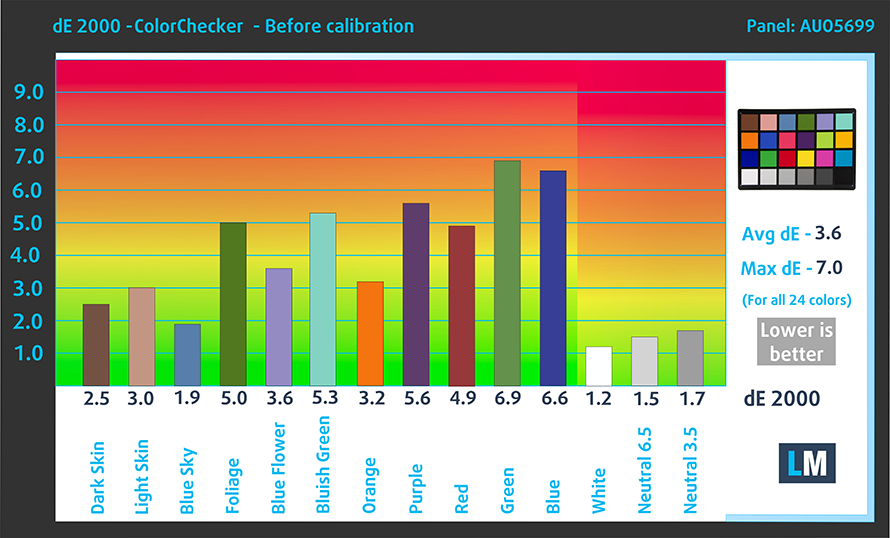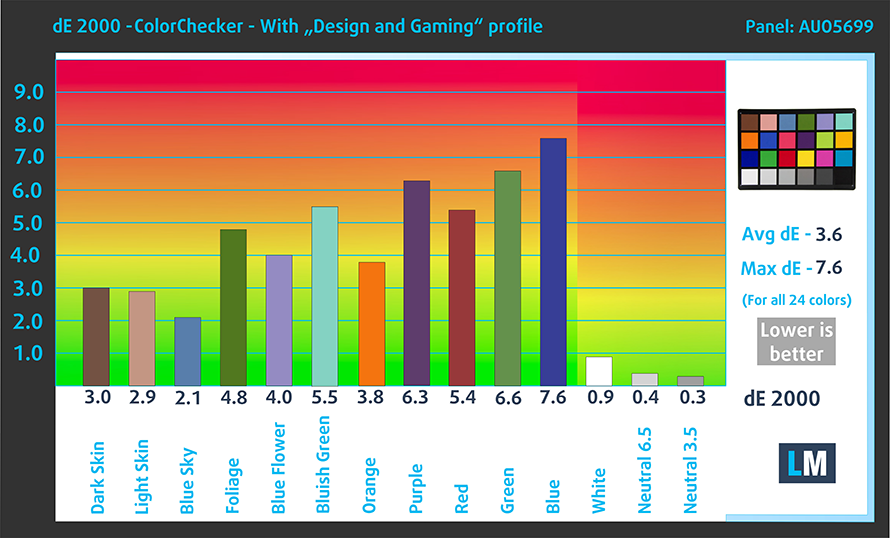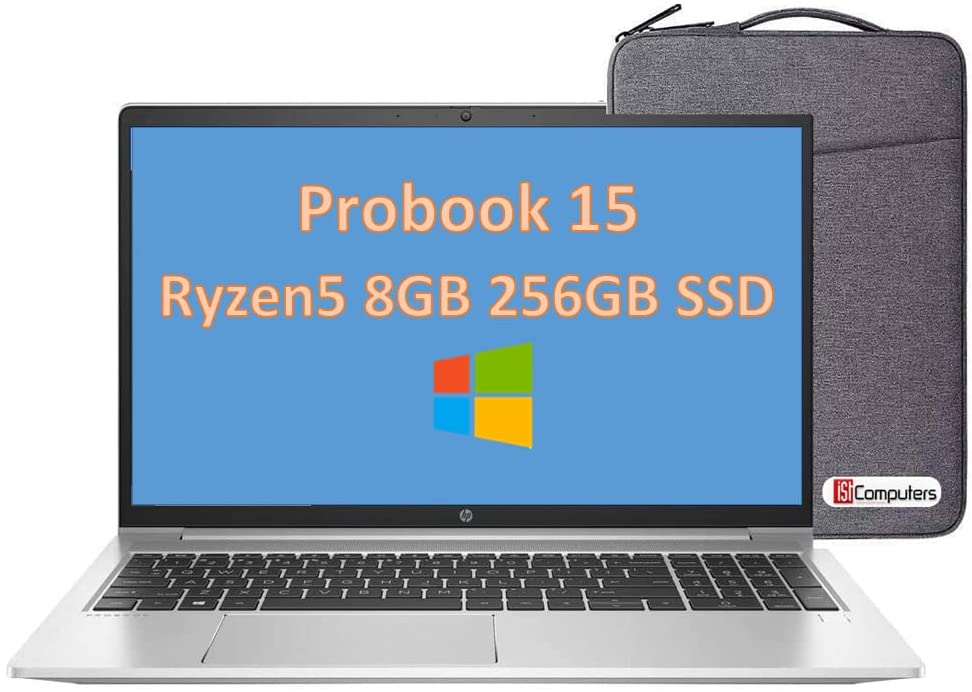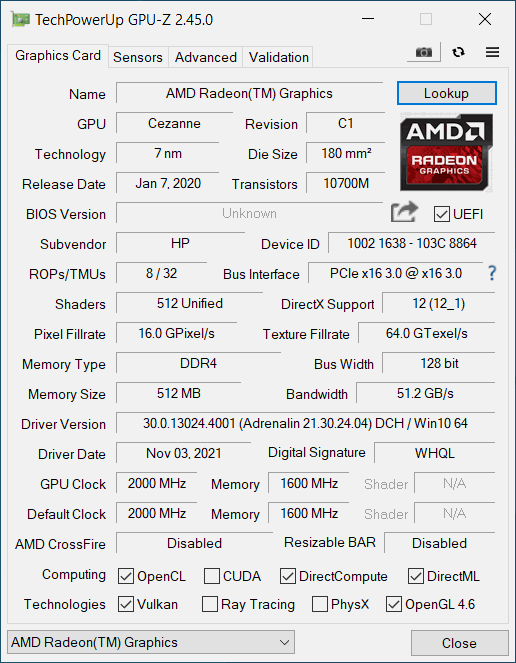HP ProBook 455 G8 review – AMD makes it even better
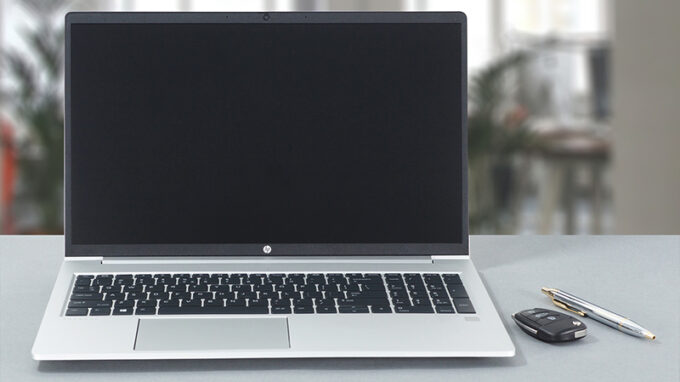 HP was one of the manufacturers that made the best impression, as well as the biggest improvement with their low-to-mid-range business laptop offering – the ProBook 450 G8. Now, we have the AMD version, which is called the ProBook 455 G8.
HP was one of the manufacturers that made the best impression, as well as the biggest improvement with their low-to-mid-range business laptop offering – the ProBook 450 G8. Now, we have the AMD version, which is called the ProBook 455 G8.
Due to the huge performance difference between the ULV Zen 3 chips, and the Tiger Lake-U processors, we expect the ProBook 455 G8 to be significantly faster than its compatriot. In addition, we are interested in the efficiency of the device, as the Intel model wasn’t particularly impressive in terms of battery life. As you’ll find out, they share the same 45Wh package, which is below the average capacity in this class.
Let’s not waste any time, and see whether we get some surprises from this notebook, or it is going to be the stable, secure, and rather powerful package that we expect it to be.
You can check the prices and configurations in our Specs System: https://laptopmedia.com/series/hp-probook-455-g8/
Contents
Specs Sheet
- HDD/SSD
- up to 8000GB SSD
- M.2 Slot
- 1x 2280 M.2 NVMe slot See photo
- RAM
- up to 64GB
- OS
- Windows 10 Pro, No OS, Windows 11 Pro, Windows 10 Home
- Battery
- 45Wh, 3-cell
- Body material
- Plastic / Polycarbonate, Aluminum
- Dimensions
- 359.4 x 233.9 x 19.8 mm (14.15" x 9.21" x 0.78")
- Weight
- 1.74 kg (3.8 lbs)
- Ports and connectivity
- 2x USB Type-A
- 3.2 Gen 1 (5 Gbps)
- 1x USB Type-A
- 3.2 Gen 1 (5 Gbps), Power Delivery (PD)
- 1x USB Type-C
- 3.2 Gen 2 (10 Gbps), Power Delivery (PD), DisplayPort
- HDMI
- 1.4b
- Card reader
- MicroSD
- Ethernet LAN
- 10, 100, 1000 Mbit/s
- Wi-Fi
- 802.11ax
- Bluetooth
- 5.0
- Audio jack
- 3.5mm Combo Jack
- Features
- Fingerprint reader
- optional
- Web camera
- HD
- Backlit keyboard
- Microphone
- Dual Array Microphones
- Speakers
- 2x 2W, Stereo Speakers
- Optical drive
- Security Lock slot
- Nano security lock slot
All HP ProBook 455 G8 configurations
What’s in the box?
Inside the package, we find an envelope with the mandatory paperwork, as well as a 65W power adapter.
Design and construction
It’s good to see that both the lid and the body of the machine are made out of aluminum. This doesn’t prevent it from being thin and light, as the measurements sit at 19.8mm, and 1.74 kg, respectively. We are also pretty happy with the structural rigidity of the device, with little flex in both the lid and the base.
Surprisingly (or not), the lid opens easily with a single hand. Once opened, it reveals thin bezels around the entire matte display. Interestingly, the top border houses an HD Web camera with a privacy shutter, and an optional IR face recognition sensor.
Speaking of sensors, there is a fingerprint reader below the keyboard. This makes it a full house of biometrics, which is great at this price point. As for the keyboard itself, it is one of the good units on the market. It is resistant to spills and sports a backlight. Additionally, the key travel is relatively long, while the feedback is clicky and uniform. This makes it second only to the ThinkPad devices. To be honest, we can see people preferring the keyboard on this laptop, instead of the ThinkPad ones.
On the other hand, the touchpad is definitely nothing to write home about. Yes, it has a decent size, and its gliding is smooth, but the tracking has very little latency. Again, not bad, but not great either.
Since the speakers are located above the keyboard, the bottom panel is home only to the ventilation grill. Hot air is exhausted from the backside.
Ports
On the left side of the device, there is a security slot, a LAN port, and a USB Type-A 3.2 (Gen. 1) port. On the other side, you get the charging plug, a USB Type-C 3.2 (Gen. 2) port with Power Delivery and DisplayPort 1.4 capabilities, two USB Type-A 3.2 (Gen. 1) ports, and an HDMI 1.4b connector, an audio jack, and a MicroSD card reader.
Disassembly, upgrade options and maintenance
Taking this laptop apart is pretty easy. Just undo all 5 Phillips-head screws, and pry the bottom panel with a plastic tool.
The battery inside has a 45Wh capacity, which is a bit small. However, we got 12 hours of either Web browsing or video playback, which is a great result. To take it out, unplug the connector from the motherboard, and undo all six Phillips-head screws.
In terms of memory, you get two SODIMM slots that support DDR4 RAM in dual-channel mode. Storage-wise, there is one M.2 PCIe x4 slot.
In contrast to the Intel model, this one features two heat pipes. They connect to a rather long heat sink, where a pretty large fan blows the heat away.
Display quality
HP ProBook 455 G8 has a Full HD IPS panel with a model number AUO5699. Its diagonal is 15.6″ (39.62 cm), and the resolution is 1920 х 1080 pixels. The screen ratio is 16:9, and we are looking at a pixel density of – 142 ppi, and a pitch of 0.18 х 0.18 mm. The screen turns into Retina when viewed at distance equal to or greater than 60cm (24″) (from this distance one’s eye stops differentiating the separate pixels, and it is normal for looking at a laptop).
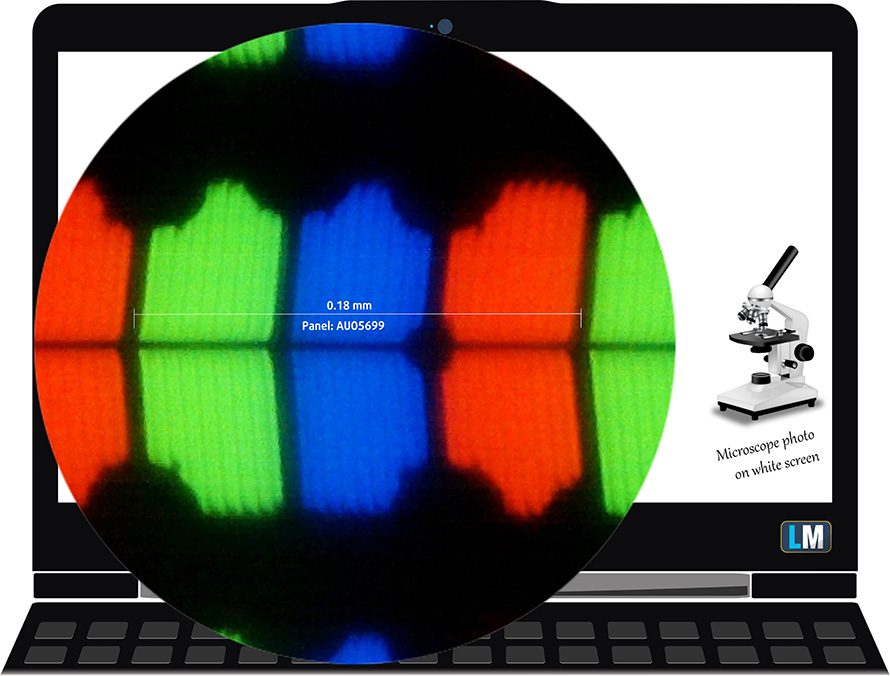
Viewing angles are comfortable. We offer images at 45° to evaluate image quality.

Also, a video with locked focus and exposure.
The measured maximum brightness of 303 nits in the middle of the screen and 293 nits as an average for the whole area, with a maximum deviation of 9%. The Correlated Color Temperature on a white screen is 6470K – virtually matching the sRGB standard of 6500K, which is great.
In the illustration below you can see how the display performs from a uniformity perspective. In other words, the leakage of light from the light source.
Values of dE2000 over 4.0 should not occur, and this parameter is one of the first you should check if you intend to use the laptop for color-sensitive work. The contrast ratio is good – 1430:1.
To make sure we are on the same page, we would like to give you a little introduction to the sRGB color gamut and the Adobe RGB. To start, there’s the CIE 1976 Uniform Chromaticity Diagram that represents the visible specter of colors by the human eye, giving you a better perception of the color gamut coverage and the color accuracy.
Inside the black triangle, you will see the standard color gamut (sRGB) that is being used by millions of people on HDTV and on the web. As for the Adobe RGB, this is used in professional cameras, monitors, etc for printing. Basically, colors inside the black triangle are used by everyone and this is the essential part of the color quality and color accuracy of a mainstream notebook.
Still, we’ve included other color spaces like the famous DCI-P3 standard used by movie studios, as well as the digital UHD Rec.2020 standard. Rec.2020, however, is still a thing of the future and it’s difficult for today’s displays to cover that well. We’ve also included the so-called Michael Pointer gamut, or Pointer’s gamut, which represents the colors that naturally occur around us every day.
The yellow dotted line shows HP ProBook 455 G8’s color gamut coverage.
Its display covers 50% of the sRGB/ITU-R BT.709 (web/HDTV standard) in CIE1976.
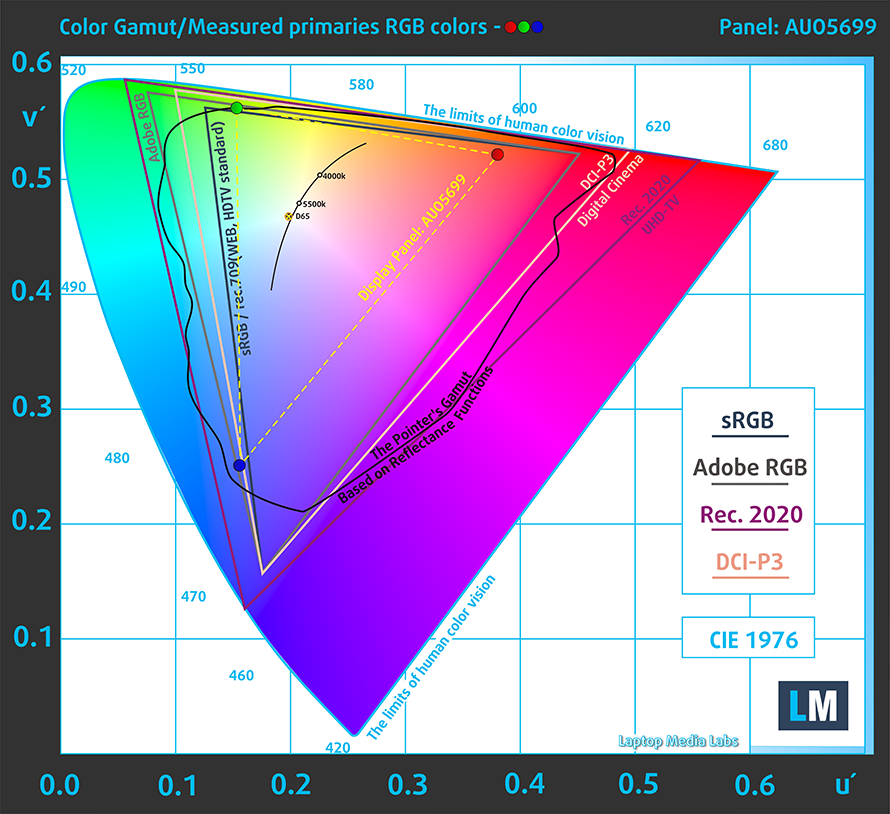
Our “Design and Gaming” profile delivers optimal color temperature (6500K) at 140 cd/m2 luminance and sRGB gamma mode.
We tested the accuracy of the display with 24 commonly used colors like light and dark human skin, blue sky, green grass, orange, etc. You can check out the results at factory condition and also, with the “Design and Gaming” profile.
Below you can compare the scores of the HP ProBook 455 G8 with the default settings (left), and with the “Gaming and Web design” profile (right).
The next figure shows how well the display is able to reproduce really dark parts of an image, which is essential when watching movies or playing games in low ambient light.
The left side of the image represents the display with stock settings, while the right one is with the “Gaming and Web Design” profile activated. On the horizontal axis, you will find the grayscale, and on the vertical axis – the luminance of the display. On the two graphs below you can easily check for yourself how your display handles the darkest nuances but keep in mind that this also depends on the settings of your current display, the calibration, the viewing angle, and the surrounding light conditions.
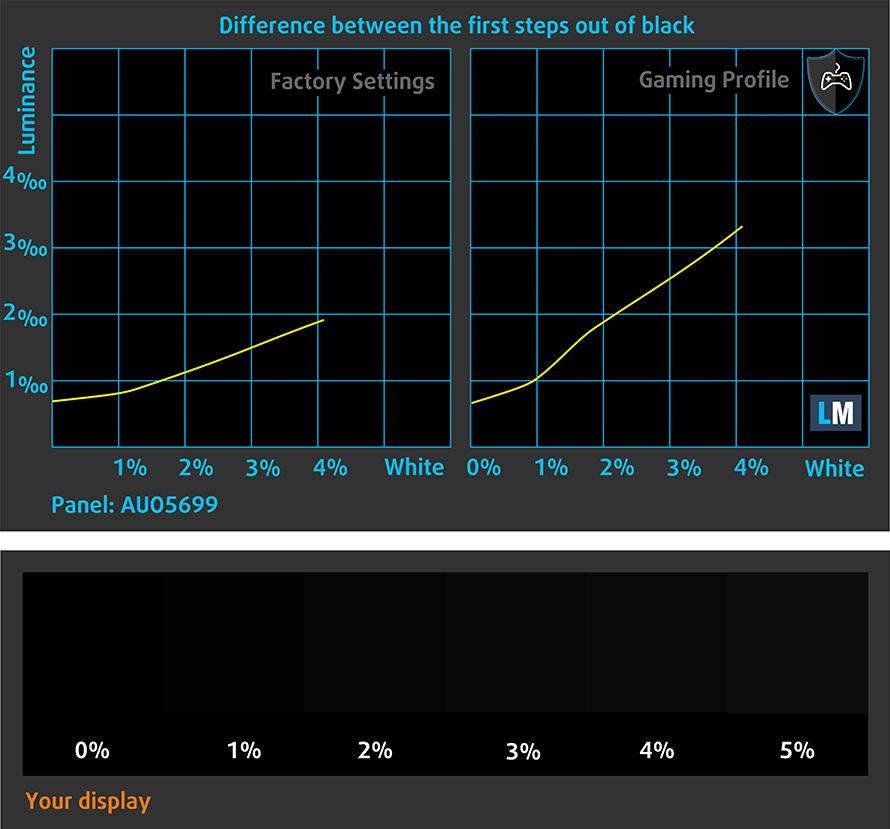
Response time (Gaming capabilities)
We test the reaction time of the pixels with the usual “black-to-white” and “white-to-black” method from 10% to 90% and vice versa.
We recorded Fall Time + Rise Time = 28 ms.
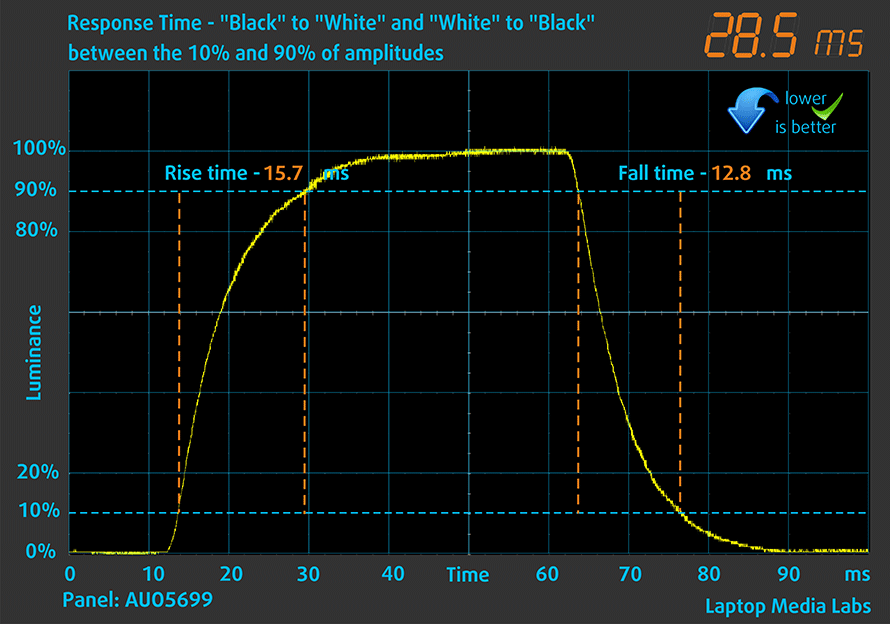
After that, we test the reaction time of the pixels with the usual “Gray-to-Gray” method from 50% White to 80% White and vice versa between 10% and 90% of the amplitude.
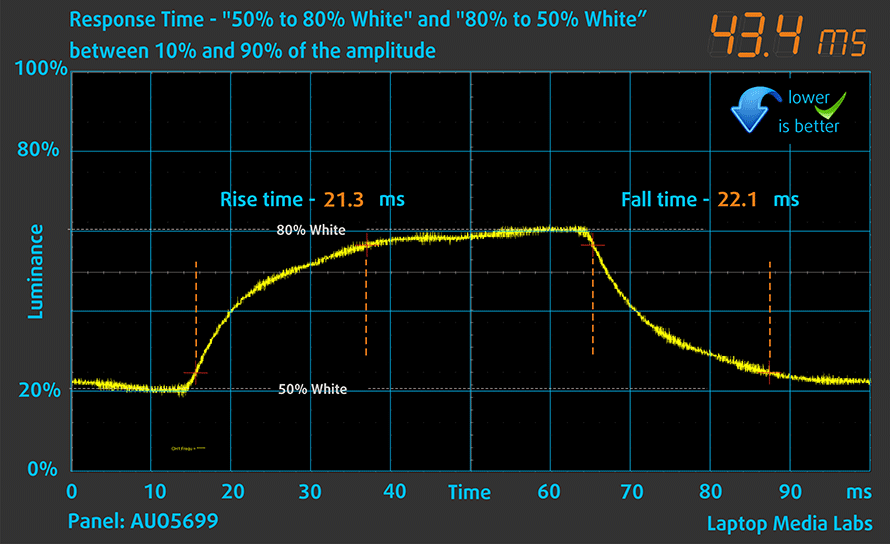
PWM (Screen flickering)
Pulse-width modulation (PWM) is an easy way to control monitor brightness. When you lower the brightness, the light intensity of the backlight is not lowered, but instead turned off and on by the electronics with a frequency indistinguishable to the human eye. In these light impulses, the light/no-light time ratio varies, while brightness remains unchanged, which is harmful to your eyes. You can read more about that in our dedicated article on PWM.
HP ProBook 455 G8’s display doesn’t use PWM at any brightness level. This makes it comfortable and safe in this aspect.
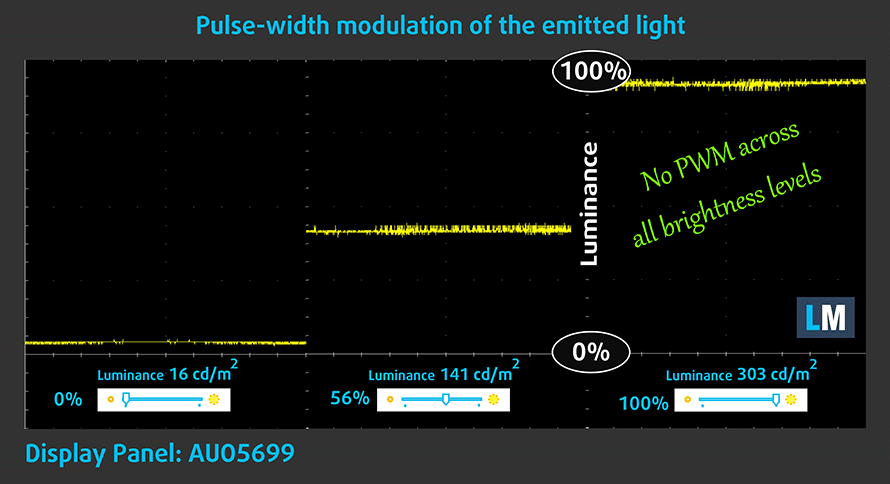
Blue light emissions
Installing our Health-Guard profile not only eliminates PWM but also reduces the harmful Blue Light emissions while keeping the colors of the screen perceptually accurate. If you’re not familiar with the Blue light, the TL;DR version is – emissions that negatively affect your eyes, skin, and your whole body. You can find more information about that in our dedicated article on Blue Light.
Gloss level measurement
Glossy-coated displays are sometimes inconvenient in high ambient light conditions. We show the level of reflection on the screen for the respective laptop when the display is turned off and the measurement angle is 60° (in this case, the result is 57.9 GU).
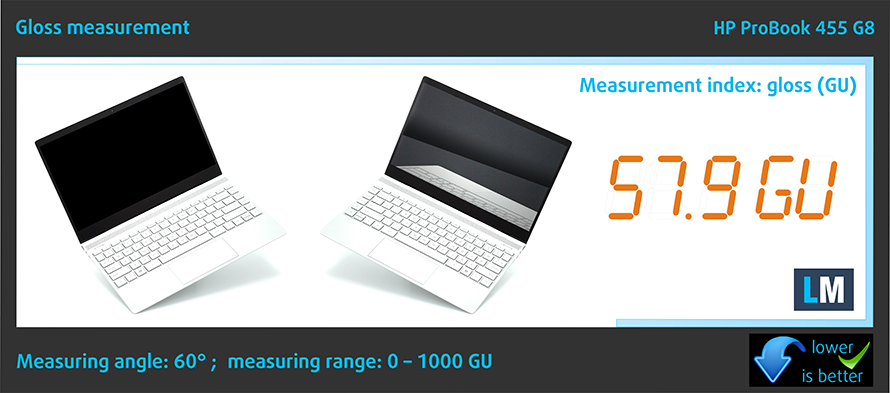
Buy our profiles
Since our profiles are tailored for each individual display model, this article and its respective profile package are meant for HP ProBook 455 G8 configurations with 15.6″ FHD IPS AUO5699.
*Should you have problems with downloading the purchased file, try using a different browser to open the link you’ll receive via e-mail. If the download target is a .php file instead of an archive, change the file extension to .zip or contact us at [email protected].
Read more about the profiles HERE.
In addition to receiving efficient and health-friendly profiles, by buying LaptopMedia's products you also support the development of our labs, where we test devices in order to produce the most objective reviews possible.

Office Work
Office Work should be used mostly by users who spend most of the time looking at pieces of text, tables or just surfing. This profile aims to deliver better distinctness and clarity by keeping a flat gamma curve (2.20), native color temperature and perceptually accurate colors.

Design and Gaming
This profile is aimed at designers who work with colors professionally, and for games and movies as well. Design and Gaming takes display panels to their limits, making them as accurate as possible in the sRGB IEC61966-2-1 standard for Web and HDTV, at white point D65.

Health-Guard
Health-Guard eliminates the harmful Pulse-Width Modulation (PWM) and reduces the negative Blue Light which affects our eyes and body. Since it’s custom tailored for every panel, it manages to keep the colors perceptually accurate. Health-Guard simulates paper so the pressure on the eyes is greatly reduced.
Get all 3 profiles with 33% discount
Sound
HP ProBook 455 G8’s speakers produce a sound of decent quality. Its low, mid, and high tones all have some deviations from clarity.
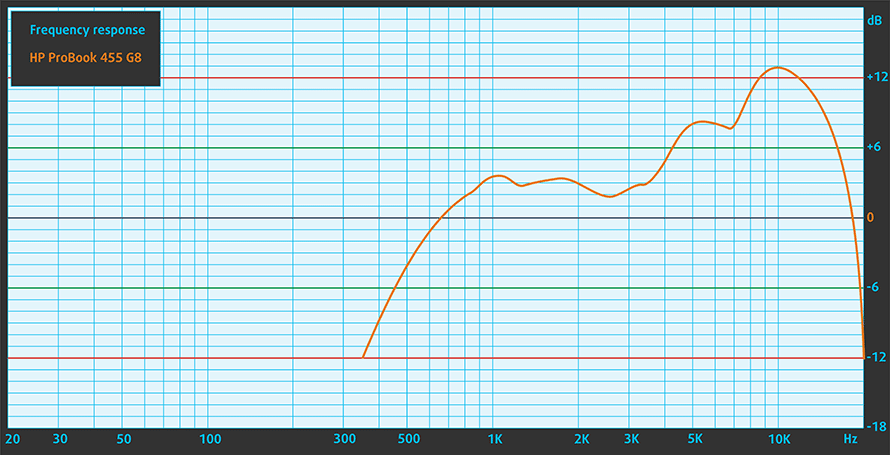
Drivers
All drivers and utilities for this notebook can be found here: https://support.hp.com/us-en/drivers/selfservice/hp-probook-455-g8-notebook-pc/38228735
Battery
Now, we conduct the battery tests with the Windows Better performance setting turned on, screen brightness adjusted to 120 nits, and all other programs turned off except for the one we are testing the notebook with.
In order to simulate real-life conditions, we used our own script for automatic web browsing through over 70 websites.
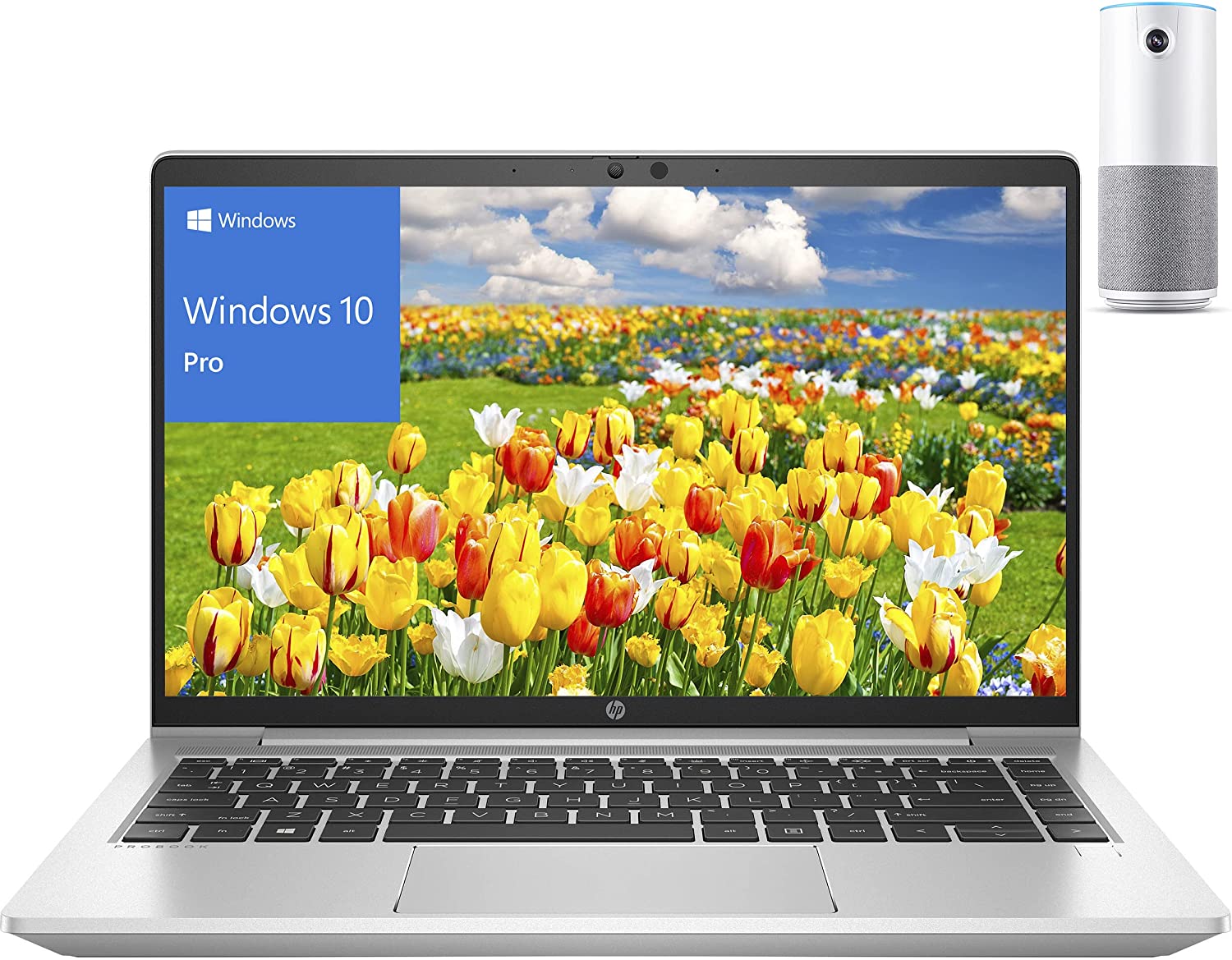
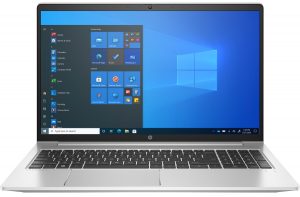
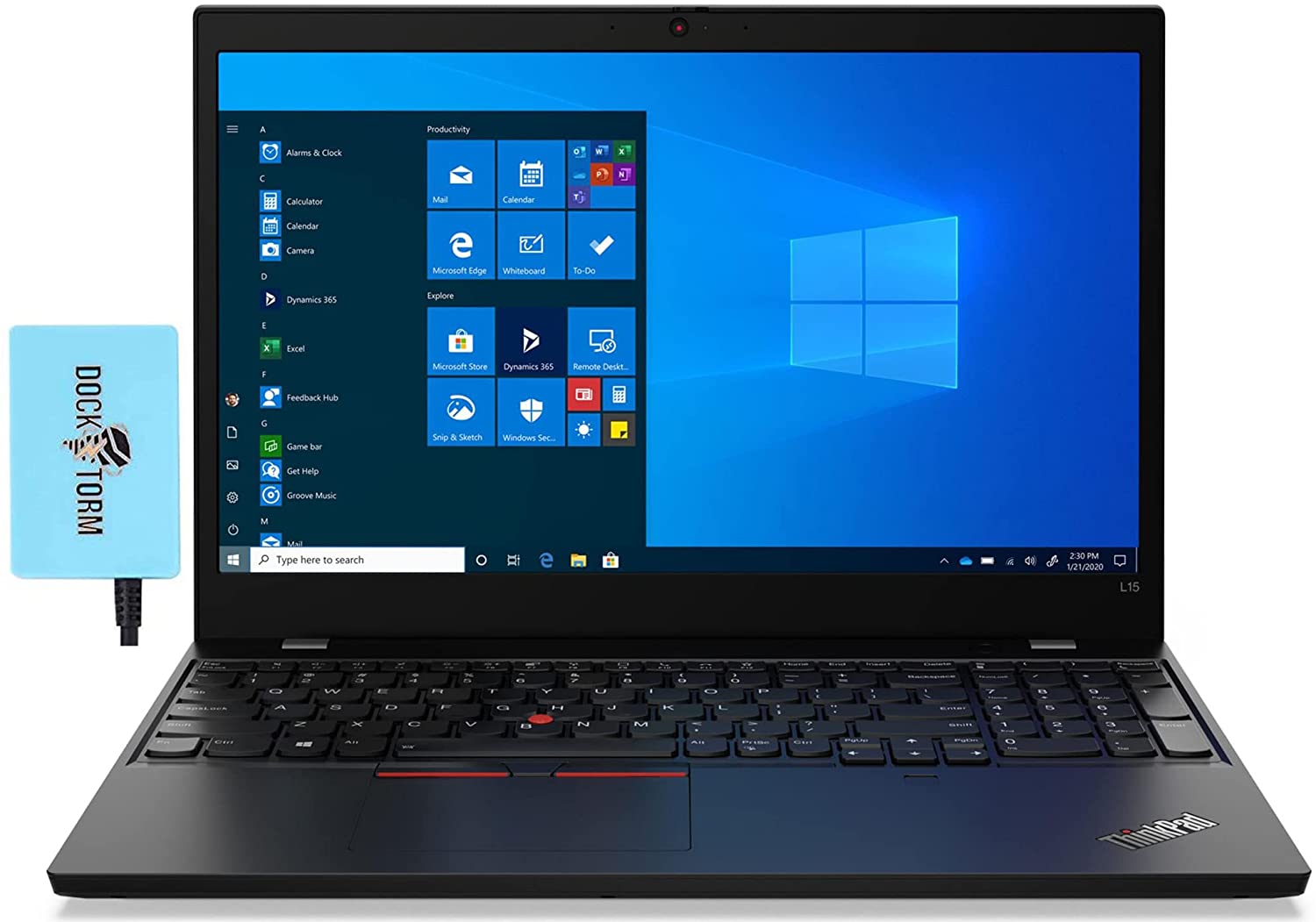
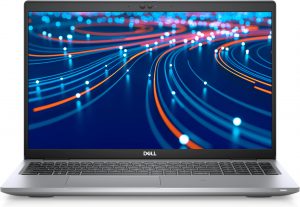
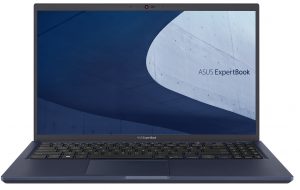
For every test like this, we use the same video in HD.





CPU options
You can find this machine with the Ryzen 3 5400U, RYzen 5 5600U, or Ryzen 7 5800U.
Results are from the Cinebench R23 CPU test (the higher the score, the better)
Results are from our Photoshop benchmark test (the lower the score, the better)
GPU options
In contrast to the Intel-based model, you don’t get dedicated GPU options. Instead, you get the integrated graphics that comes with your CPU.
Results are from the 3DMark: Time Spy (Graphics) benchmark (higher the score, the better)
Results are from the 3DMark: Fire Strike (Graphics) benchmark (higher the score, the better)
Results are from the 3DMark: Wild Life benchmark (higher the score, the better)
Results are from the Unigine Superposition benchmark (higher the score, the better)
HP ProBook 455 G8 GPU variants
Here you can see an approximate comparison between the GPUs that can be found in the HP ProBook 455 G8 models on the market. This way you can decide for yourself which HP ProBook 455 G8 model is the best bang for your buck.
Note: The chart shows the cheapest different GPU configurations so you should check what the other specifications of these laptops are by clicking on the laptop’s name / GPU.
Results are from the 3DMark: Time Spy (Graphics) benchmark (higher the score, the better)
Results are from the 3DMark: Fire Strike (Graphics) benchmark (higher the score, the better)
Results are from the 3DMark: Wild Life (Graphics) benchmark (higher the score, the better)
Results are from the Unigine Superposition benchmark (higher the score, the better)
Gaming tests

| CS:GO | HD 1080p, Low (Check settings) | HD 1080p, Medium (Check settings) | HD 1080p, MAX (Check settings) |
|---|---|---|---|
| Average FPS | 166 fps | 97 fps | 70 fps |

| DOTA 2 | HD 1080p, Low (Check settings) | HD 1080p, Normal (Check settings) | HD 1080p, High (Check settings) |
|---|---|---|---|
| Average FPS | 149 fps | 91 fps | 49 fps |
Temperatures and comfort
Max CPU load
In this test we use 100% on the CPU cores, monitoring their frequencies and chip temperature. The first column shows a computer’s reaction to a short load (2-10 seconds), the second column simulates a serious task (between 15 and 30 seconds), and the third column is a good indicator of how good the laptop is for long loads such as video rendering.
Average core frequency (base frequency + X); CPU temp.
| AMD Ryzen 7 5800U (15W TDP) | 0:02 – 0:10 sec | 0:15 – 0:30 sec | 10:00 – 15:00 min |
|---|---|---|---|
| HP ProBook 455 G8 | 2.66 GHz (B+40%) @ 70°C | 2.45 GHz (B+28%) @ 79°C | 1.88 GHz @ 67°C |
| HP Pavilion Aero 13 (13-be0000) | 2.67 GHz (B+41%) @ 68°C | 2.46 GHz (B+29%) @ 76°C | 2.04 GHz (B+7%) @ 61°C |
| HP Envy x360 13 (13-ay1000) | 2.44 GHz (B+28%) @ 83°C | 2.47 GHz (B+30%) @ 79°C | 2.44 GHz (B+28%) @ 89°C |
| HP Envy x360 13 (13-ay1000) with cooling pad | 2.62 GHz (B+38%) @ 60°C | 2.46 GHz (B+29%) @ 66°C | 2.49 GHz (B+31%) @ 74°C |
| Acer Swift X (SFX14-41G) | 3.09 GHz (B+63%) @ 73°C | 2.99 GHz (B+57%) @ 75°C | 2.73 GHz (B+44%) @ 75°C |
| Lenovo IdeaPad 5 Pro (14″) | 2.31 GHz (B+22%) @ 55°C | 2.32 GHz (B+22%) @ 59°C | 2.41 GHz (B+27%) @ 66°C |
Interestingly, the HP ProBook 455 G8 is another laptop that can’t extract the full potential of the Ryzen 7 5800U.
Comfort during full load
There is a very simple reason for that – thermal management policy. The fan is barely spinning, which doesn’t produce a high-enough airflow. However, it doesn’t make noise either, while the low internal temperatures are translated to the keyboard, where the hotspot is only 34°C.
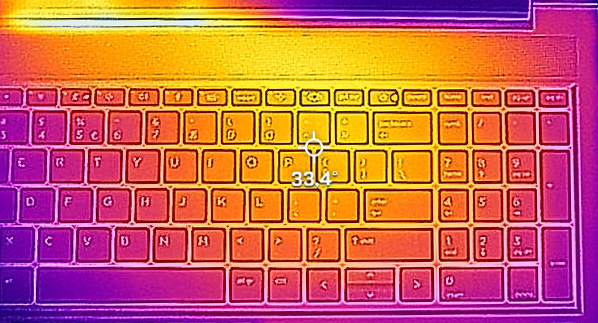
Verdict
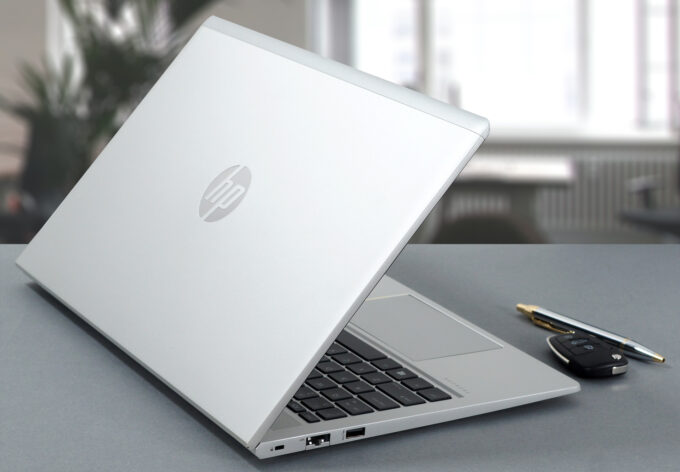 Well, the ProBook 455 G8 was truly puzzling. It has one of the most powerful low-voltage chips, and still, doesn’t do anything to extract the maximum out of it. In fact, we noticed that the fan was refusing to spin at a higher rate. However, this doesn’t make the device slow or anything.
Well, the ProBook 455 G8 was truly puzzling. It has one of the most powerful low-voltage chips, and still, doesn’t do anything to extract the maximum out of it. In fact, we noticed that the fan was refusing to spin at a higher rate. However, this doesn’t make the device slow or anything.
In fact, it is still faster than everything Intel has on the table (we are yet to test 12th Gen ULV processors). And at the same time, even after 15 minutes of Prime95 stress, the fan could only be heard if you put your ear right above the keyboard.
What is more spectacular is that the battery life was between 3 and 4 hours longer than that of the ProBook 450 G8. This itself should be a compelling enough reason to choose the AMD option, over Team Blue.
Thankfully, you still get two SODIMM slots for memory upgrades, as well as a single M.2 PCIe x4 slot for storage. The situation on the outside is also pretty good. There, you get a MicroSD card slot, a LAN port, an HDMI connector, and the USB Type-C port supports DisplayPort output. There are also three USB Type-As.
Then comes the keyboard, which we got absolutely in love with. It has decent key travel, clicky feedback, spill-resistance, backlight, NumberPad, and the perfect Unicorns to Butterflies ratio to make the typing experience great.
HP ProBook 455 G8’s IPS panel has a Full HD resolution, comfortable viewing angles, good contrast ratio, and a non-flickering backlight. Unfortunately, it only covers half of the colors found on the Web (50% of sRGB).
Of course, let’s not get disillusioned, this laptop is made for business people. This is why you will find a ton of security software, a TPM 2.0 chip, and not one but two biometric authentication options – a fingerprint reader, and an IR face recognition scanner, placed right next to the camera. A privacy shutter completes the already impressive package.
So, if you want a business laptop that is well-built, compact, and reliable, the ProBook 455 G8 should definitely find a place on your shortlist. Just keep in mind that HP prefers to give you a quiet and comfortable experience than provide you with the full capability of the Ryzen 7 5800U.
You can check the prices and configurations in our Specs System: https://laptopmedia.com/series/hp-probook-455-g8/
Pros
- Great spill-resistant keyboard
- Great battery life
- Good performance
- No PWM (AUO5699)
- Wide I/O and on-point upgradeability
- Optional IR face recognition and fingerprint reader
- Extremely quiet in every condition
Cons
- Can’t get the most out of the hardware due to the meek cooling policy
- Covers only 50% of the sRGB color gamut (AUO5699)
